Home>Construction & Tools>Building Materials>How To Remove Vines From Stucco
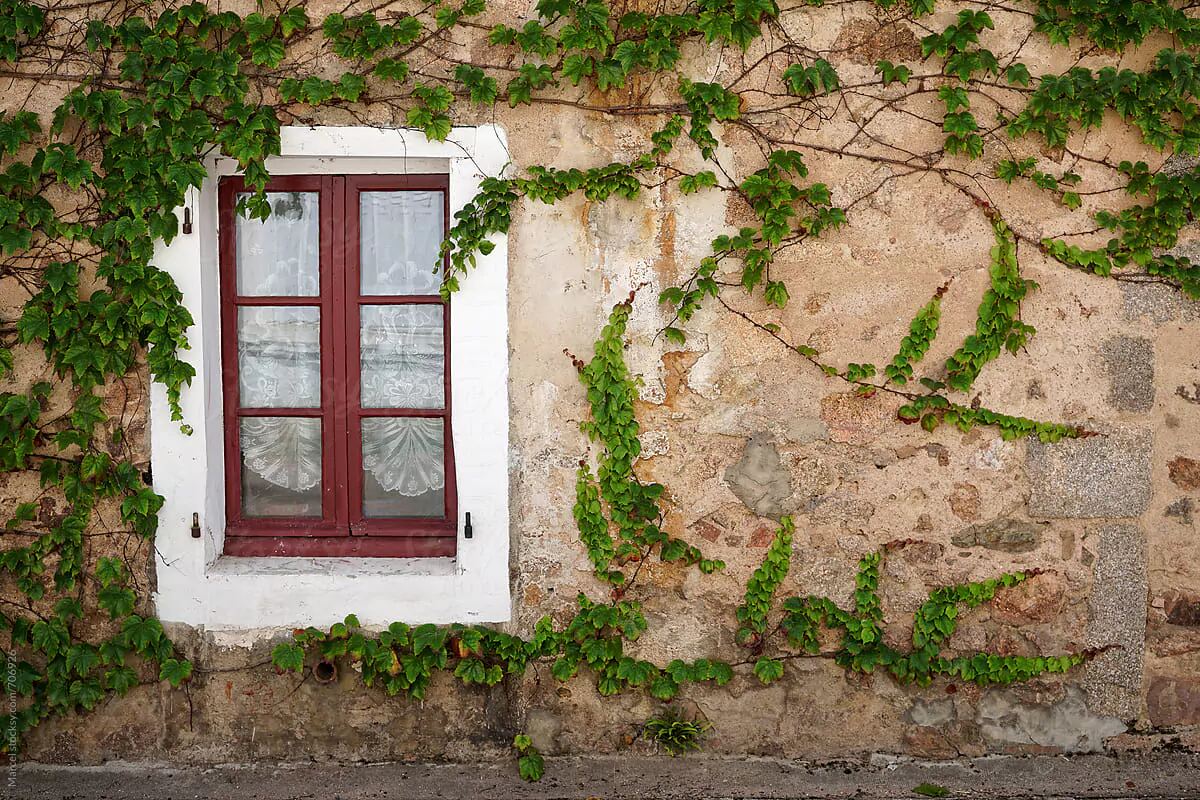

Building Materials
How To Remove Vines From Stucco
Modified: November 2, 2024
Learn effective methods for removing vines from stucco surfaces. Protect your building materials with these expert tips and techniques.
(Many of the links in this article redirect to a specific reviewed product. Your purchase of these products through affiliate links helps to generate commission for Storables.com, at no extra cost. Learn more)
Introduction
Stucco is a popular and durable exterior finish for many homes, known for its resilience and timeless aesthetic appeal. However, when vines begin to overtake stucco walls, they can not only detract from the visual appeal but also cause potential damage. Removing vines from stucco requires careful attention and the right tools to ensure that the stucco remains undamaged throughout the process.
In this comprehensive guide, we will explore the step-by-step process of safely and effectively removing vines from stucco, equipping you with the knowledge and techniques needed to restore the pristine look of your stucco walls. Whether you are dealing with clinging ivy, stubborn wisteria, or any other type of vine, this guide will empower you to tackle the task with confidence.
Understanding the nature of the problem and employing the proper tools and materials are crucial first steps. Then, we will delve into the meticulous process of inspecting the stucco, preparing the area, loosening the vines, and finally, removing them without causing any harm to the stucco surface. Additionally, we will cover the essential post-removal step of cleaning the stucco to ensure a flawless finish.
By following this guide, you will not only restore the beauty of your stucco walls but also protect them from potential damage, ultimately extending their longevity and maintaining the curb appeal of your home.
Key Takeaways:
- Safely and effectively remove vines from stucco by inspecting, preparing, loosening, and removing them with the right tools and meticulous care. Then, clean the stucco for a flawless finish, preserving your home’s exterior beauty.
- Protect your stucco walls from damage and restore their pristine look by methodically removing vines with patience and precision. Thoroughly clean the stucco to ensure a flawless finish, safeguarding your home’s timeless allure.
Read more: How To Remove Vine Marks From Siding
Understanding the Problem
When vines take hold of stucco walls, they can present a variety of challenges. Firstly, the tendrils of the vines can work their way into the textured surface of the stucco, making them difficult to remove without causing damage. Additionally, as the vines grow and expand, they can create unsightly discoloration and even lead to moisture retention against the stucco, potentially causing long-term damage such as mold or mildew growth.
It’s important to approach the removal of vines from stucco with care and attention to detail. Rushing through the process or using improper techniques can result in chipped or damaged stucco, leading to costly repairs and a compromised exterior aesthetic.
Another aspect to consider is the type of vine you are dealing with. Some vines have strong, adhesive-like properties that allow them to firmly attach to surfaces, while others may have delicate tendrils that can be more easily removed. Understanding the specific characteristics of the vines on your stucco will inform the approach you take in removing them.
By gaining a clear understanding of the potential challenges and risks associated with vine removal from stucco, you can approach the task with a strategic and informed mindset, ultimately achieving a successful outcome without compromising the integrity of the stucco surface.
Tools and Materials Needed
Before embarking on the task of removing vines from stucco, it’s essential to gather the necessary tools and materials to ensure a smooth and efficient process. Here’s a comprehensive list of what you’ll need:
- Gloves: Sturdy gloves will protect your hands from potential scratches and irritation caused by handling the vines.
- Pruning Shears: These will be used to trim and cut the vines, allowing for easier removal from the stucco.
- Soft Bristle Brush: A gentle brush is ideal for loosening any remaining vine remnants from the stucco surface without causing damage.
- Mild Detergent: A mild detergent, mixed with water, will be used for cleaning the stucco after the vines have been removed.
- Bucket: You’ll need a bucket for holding the soapy water used in the cleaning process.
- Water Hose: A water hose with a spray attachment will facilitate the rinsing of the stucco after cleaning.
- Ladder: Depending on the height of the affected area, a ladder may be necessary to reach the vines and ensure thorough removal.
With these tools and materials at your disposal, you’ll be well-equipped to tackle the task of removing vines from stucco effectively and with minimal impact on the stucco surface.
Step 1: Inspect the Stucco
Before diving into the vine removal process, it’s crucial to thoroughly inspect the stucco surface to assess the extent of the vine growth and any potential damage. Here’s a systematic approach to conducting a comprehensive inspection:
- Visual Examination: Begin by visually scanning the entire stucco surface to identify areas where vines have taken hold. Take note of any discoloration, embedded tendrils, or signs of moisture retention.
- Tactile Assessment: Gently run your hands over the stucco to feel for any protruding vine remnants or areas where the texture of the stucco has been compromised by the vines.
- Moisture Check: Look for any signs of moisture accumulation or water damage near the areas where the vines have been growing. This is crucial for identifying potential underlying issues that may need to be addressed.
- Structural Integrity: Assess the structural integrity of the stucco, paying attention to any areas that may have been weakened or compromised by the vine growth. Look for cracks, chips, or areas where the stucco may have been loosened.
By meticulously inspecting the stucco, you’ll gain a comprehensive understanding of the specific challenges posed by the vine growth and any potential damage that may need to be addressed during the removal process. This thorough assessment will inform your approach in the subsequent steps, ensuring that the vine removal is carried out with precision and care.
Step 2: Prepare the Area
Preparing the area before commencing the vine removal process is essential to ensure a safe and efficient operation. By taking the following preparatory measures, you’ll create an environment conducive to successful vine removal without causing any inadvertent damage to the surrounding area:
- Clear Surrounding Debris: Remove any debris, such as fallen leaves or twigs, from the base of the stucco wall. This will prevent interference and ensure unobstructed access to the vines.
- Protect Nearby Plants: If there are any delicate plants or landscaping near the stucco wall, take measures to protect them from potential damage during the vine removal process. Consider using a tarp or gentle covering to shield the plants.
- Secure Fragile Objects: If there are decorative objects or fragile items in the vicinity of the stucco wall, secure or relocate them to prevent accidental damage during the vine removal process.
- Create a Work Zone: Establish a designated work zone around the area where the vines are present. This will help maintain focus and organization during the removal process, minimizing the risk of overlooking any vine remnants.
- Ensure Adequate Lighting: If the area lacks sufficient natural light, set up additional lighting to ensure clear visibility during the vine removal process, especially if working in the early morning or late afternoon.
By diligently preparing the area before initiating the vine removal, you’ll create an environment that promotes safety, organization, and precision throughout the process. This proactive approach will contribute to a successful and seamless vine removal experience, setting the stage for the subsequent steps in the process.
Use a pair of pruning shears to cut the vines at the base and then carefully pull them away from the stucco. Use a stiff brush to remove any remaining residue. Avoid using harsh chemicals that could damage the stucco.
Read more: How To Remove Stains From Stucco
Step 3: Loosen the Vines
Loosening the vines from the stucco surface is a critical step in the removal process, requiring a delicate approach to avoid causing damage to the stucco. The following steps outline an effective method for gently detaching the vines from the stucco:
- Trim Excess Growth: Using pruning shears, carefully trim any excess growth of the vines, removing as much of the bulk as possible before attempting to loosen the remaining tendrils from the stucco.
- Gently Pull Tendrils: Starting at the base of the vines, gently pull the tendrils away from the stucco, using a slow and steady motion to avoid tearing or damaging the stucco surface. Patience is key in this process, as some vines may have firmly entrenched themselves in the textured surface.
- Utilize a Soft Bristle Brush: For stubborn remnants of the vines that are still clinging to the stucco, use a soft bristle brush to gently coax them away. Employing a circular motion with the brush can help dislodge the remaining tendrils without causing harm to the stucco.
- Inspect for Embedded Tendrils: Thoroughly inspect the stucco surface to ensure that no tendrils or vine remnants remain embedded in the texture. Carefully run your fingers over the stucco to detect any lingering remnants.
By methodically loosening the vines from the stucco surface, you’ll pave the way for their eventual removal without compromising the integrity of the stucco. This meticulous approach sets the stage for the next step, ensuring that the vines are prepared for complete removal from the stucco surface.
Step 4: Remove the Vines
With the vines loosened from the stucco surface, the next step involves their complete removal to restore the pristine appearance of the stucco. The following methodical approach will guide you through the process of effectively removing the vines without causing any damage to the stucco:
- Begin at the Base: Starting at the base of the vines, gently peel them away from the stucco, working in an upward motion. Exercise caution to avoid pulling too forcefully, as this could result in unintended damage to the stucco surface.
- Use Pruning Shears as Needed: For any remaining stubborn sections of the vines, utilize pruning shears to carefully snip them away from the stucco. Take care to avoid cutting too close to the stucco to prevent accidental nicks or scratches.
- Inspect for Residual Tendrils: After the visible vines have been removed, thoroughly inspect the stucco surface for any residual tendrils or small remnants. These may require gentle brushing or light scraping to dislodge them from the texture of the stucco.
- Dispose of the Vines: Collect the removed vines and dispose of them properly, ensuring that they are completely detached from the stucco and surrounding area. This will prevent any potential regrowth or reattachment to the stucco.
By following this systematic approach to removing the vines, you’ll effectively restore the stucco to its original state, free from the encumbrance of clinging vines. This step sets the stage for the final phase of the process, which involves cleaning the stucco to ensure a flawless finish.
Step 5: Clean the Stucco
Once the vines have been successfully removed from the stucco surface, the final step involves thoroughly cleaning the stucco to eliminate any residual debris and restore its pristine appearance. The following method outlines a systematic approach to effectively clean the stucco without causing damage:
- Prepare a Cleaning Solution: Fill a bucket with water and add a mild detergent to create a gentle cleaning solution. Ensure that the detergent is well-diluted to prevent any potential damage to the stucco.
- Apply the Cleaning Solution: Using a soft bristle brush or a sponge, apply the cleaning solution to the stucco, working in small sections. Gently scrub the surface to lift any remaining vine residue, dirt, or discoloration.
- Rinse Thoroughly: Once the stucco has been gently scrubbed with the cleaning solution, use a water hose with a spray attachment to thoroughly rinse the entire surface. Ensure that all traces of the cleaning solution and debris are completely removed.
- Inspect for Residual Debris: After rinsing, inspect the stucco surface to ensure that no residual debris or discoloration remains. Pay particular attention to any textured areas where vine remnants may have been lodged.
- Allow to Air Dry: Once the stucco has been thoroughly cleaned and rinsed, allow it to air dry naturally. Avoid using excessive force or heat for drying, as this could potentially damage the stucco surface.
By meticulously cleaning the stucco, you’ll not only remove any lingering traces of the vines but also rejuvenate its appearance, leaving behind a clean and refreshed surface. This final step completes the comprehensive process of removing vines from stucco, ensuring that the stucco walls are restored to their original splendor.
Conclusion
Removing vines from stucco requires a methodical approach and careful attention to detail to ensure that the stucco remains undamaged throughout the process. By understanding the challenges posed by vine growth, preparing the area, and following a systematic method for loosening and removing the vines, you can effectively restore the pristine appearance of your stucco walls.
It’s important to approach the task with patience and precision, taking the time to inspect the stucco, prepare the surrounding area, and methodically remove the vines without causing inadvertent damage. By following the step-by-step process outlined in this guide, you can confidently tackle the task of removing vines from stucco, ultimately preserving the integrity and aesthetic appeal of your home’s exterior.
Furthermore, by thoroughly cleaning the stucco after the vine removal, you can ensure a flawless finish, free from any remnants or discoloration. This comprehensive approach not only restores the stucco to its original splendor but also protects it from potential damage caused by persistent vine growth.
With the right tools, a strategic approach, and a commitment to meticulous care, you can successfully remove vines from stucco, safeguarding the beauty and longevity of your home’s exterior. By following the insights and techniques provided in this guide, you’ll be well-equipped to tackle the task with confidence and achieve a stunning result.
By investing the time and effort to remove vines from stucco, you’ll not only enhance the visual appeal of your home but also contribute to the long-term maintenance and preservation of its exterior surfaces. With the knowledge and skills gained from this guide, you can confidently maintain the timeless allure of stucco while keeping it free from the encroachment of clinging vines.
Now that you've tackled vine removal from stucco, keep your home in tip-top shape with our guide on essential home upkeep. From seasonal checks to routine fixes, mastering home maintenance ensures longevity and beauty in your living space. Ready to get your hands dirty with more than just garden soil? Our DIY home improvement guide is perfect for those who love personalizing their space. Learn step-by-step how to add unique touches that make a house feel more like home.
Frequently Asked Questions about How To Remove Vines From Stucco
Was this page helpful?
At Storables.com, we guarantee accurate and reliable information. Our content, validated by Expert Board Contributors, is crafted following stringent Editorial Policies. We're committed to providing you with well-researched, expert-backed insights for all your informational needs.
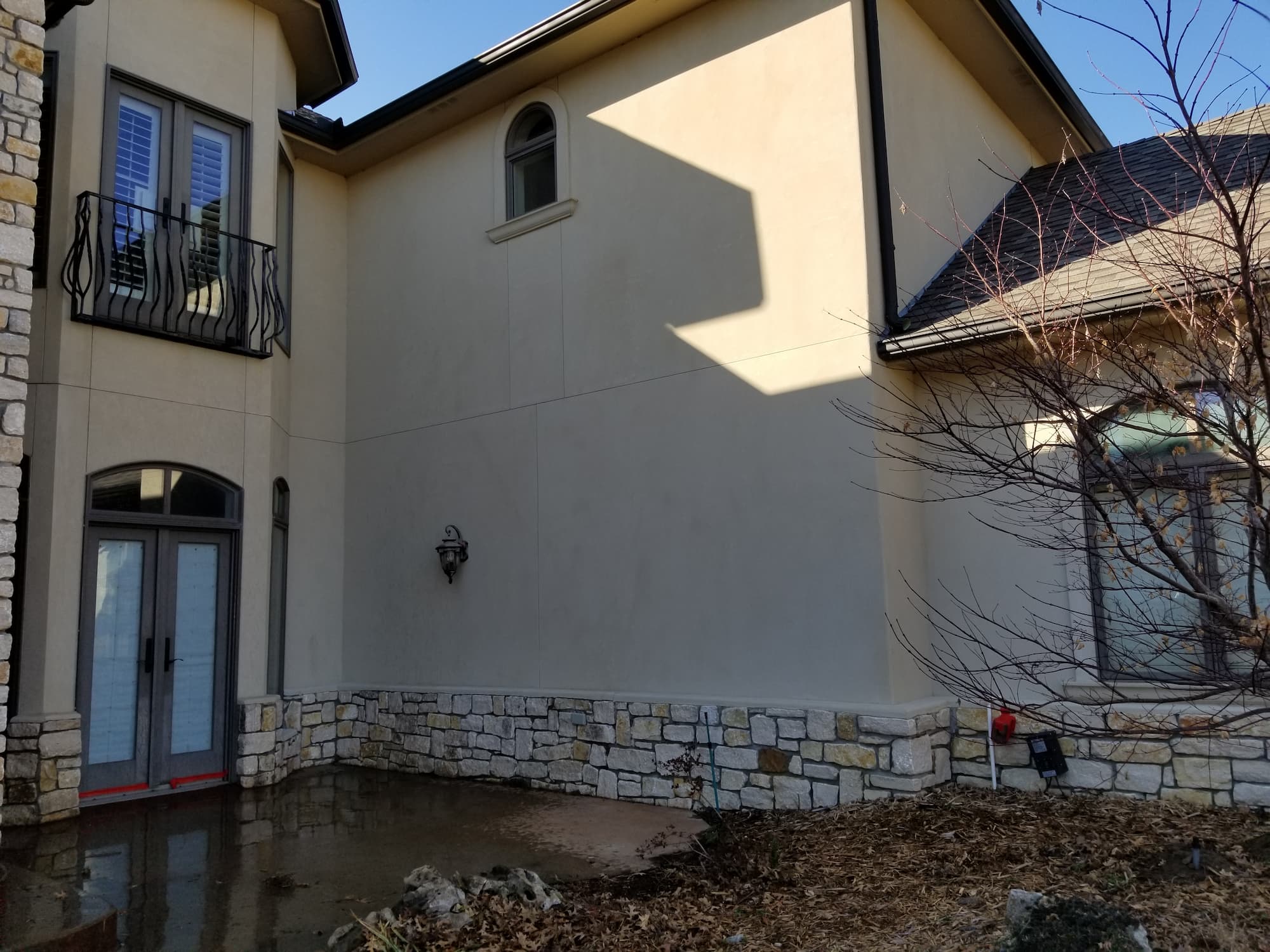
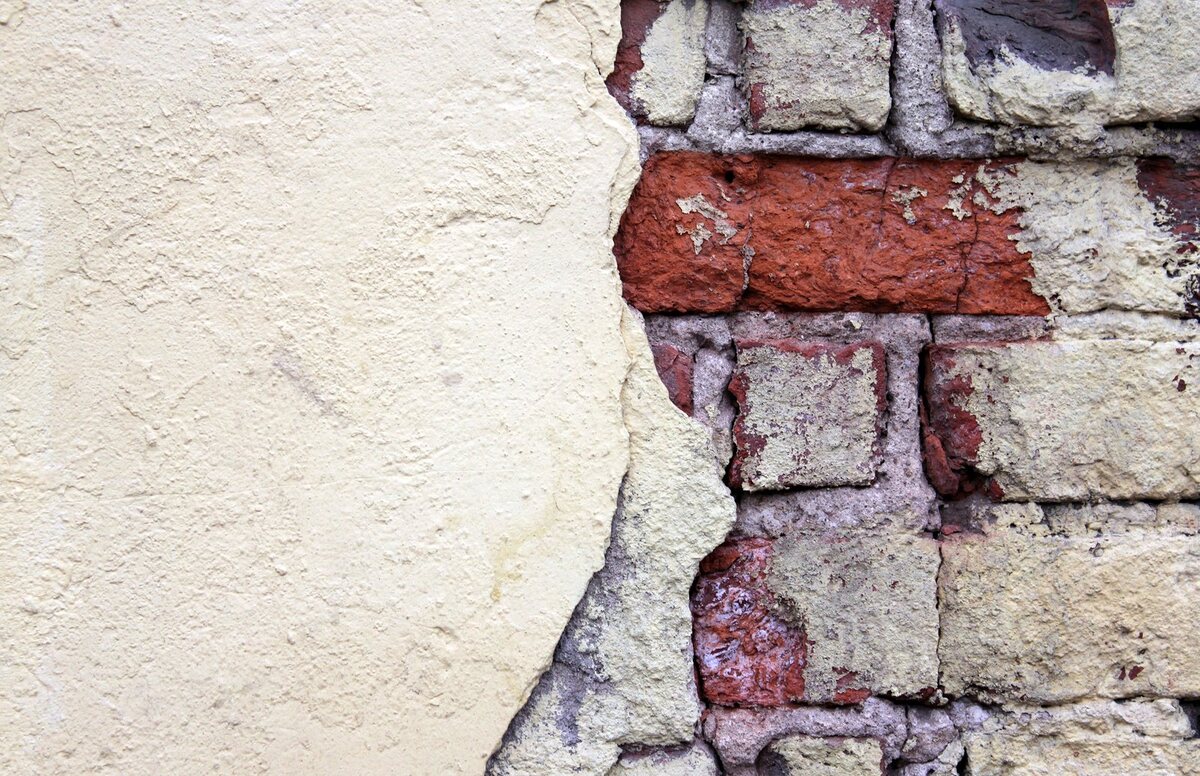

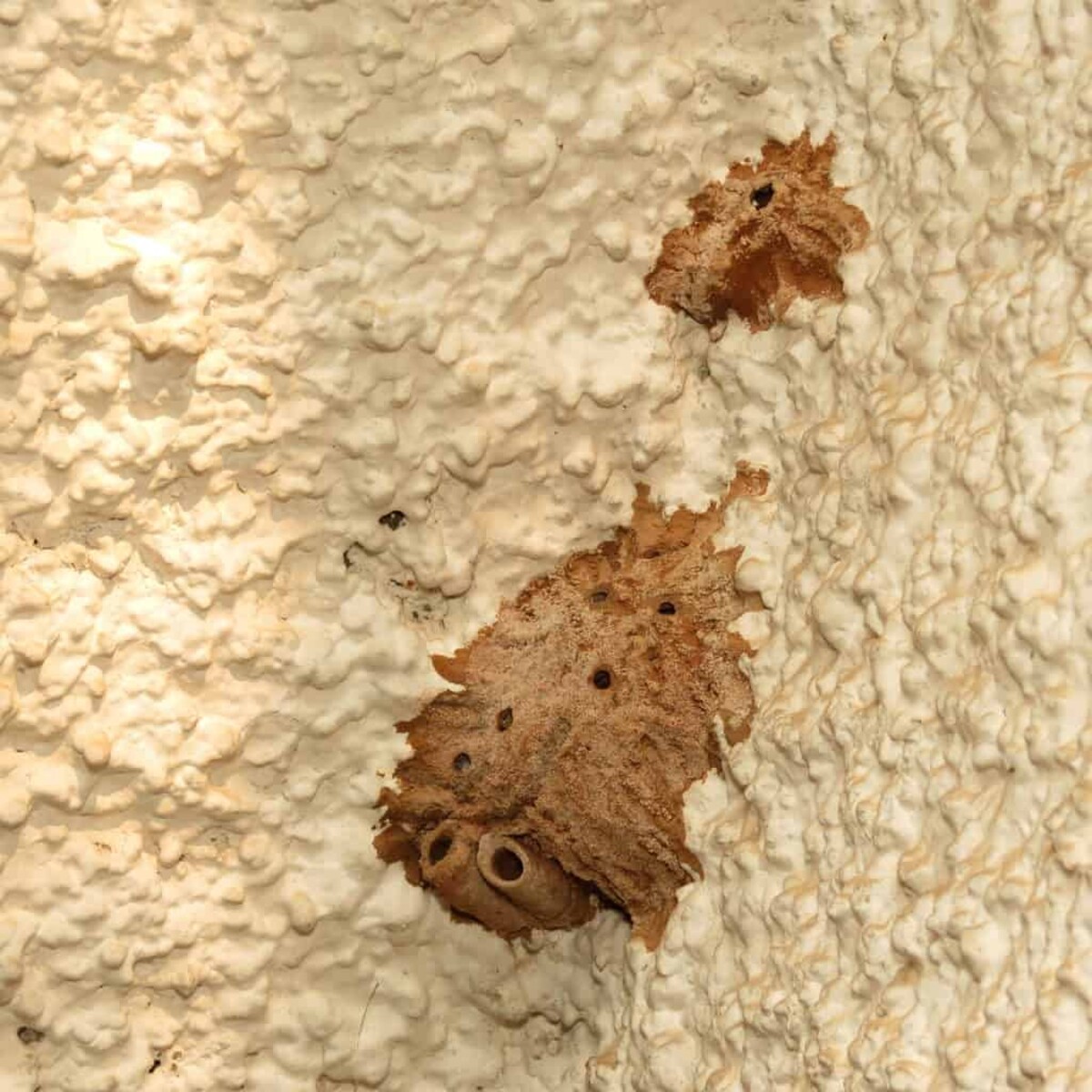
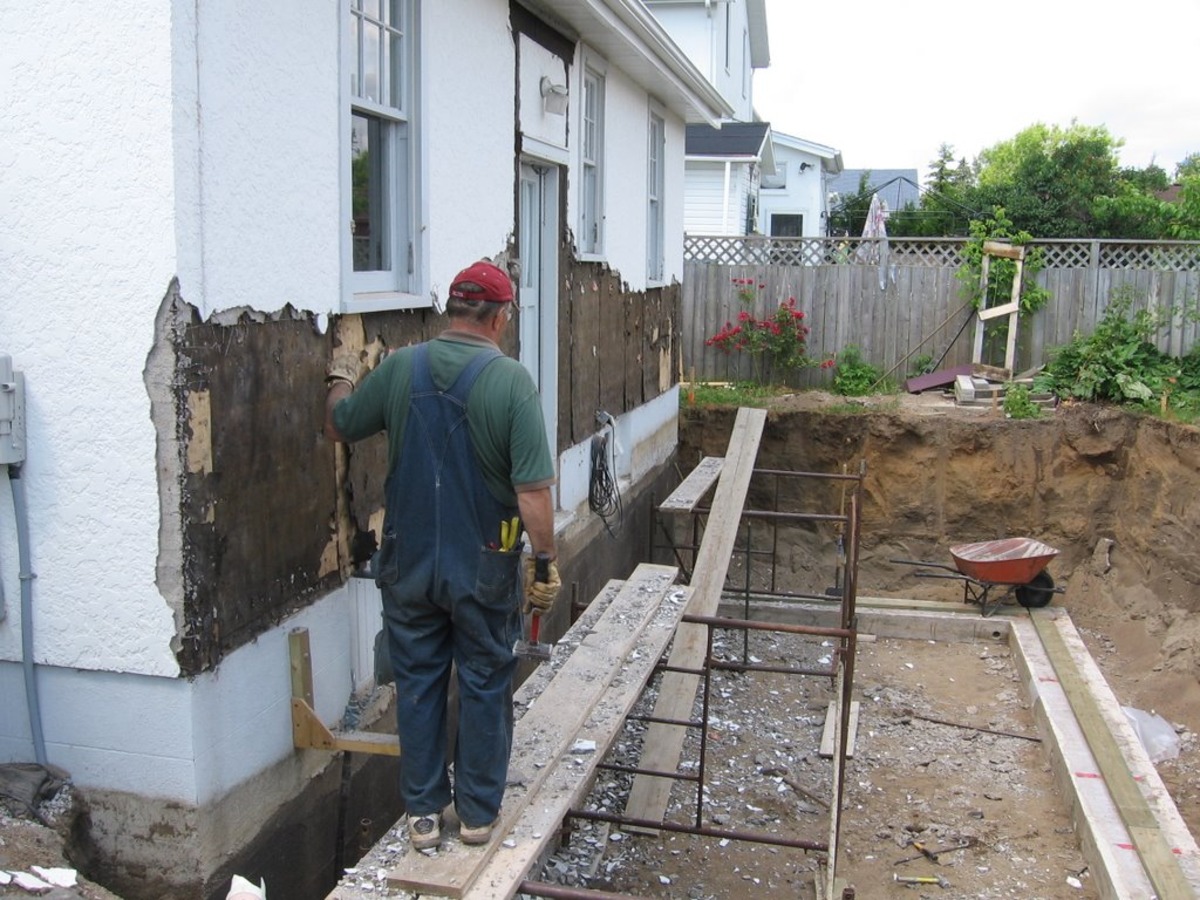
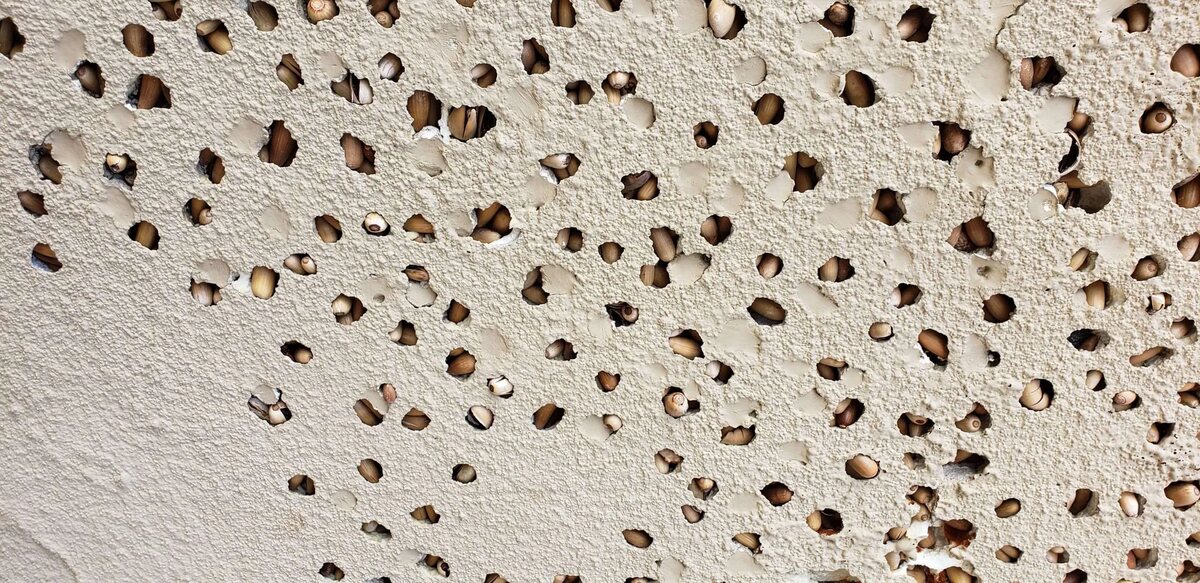
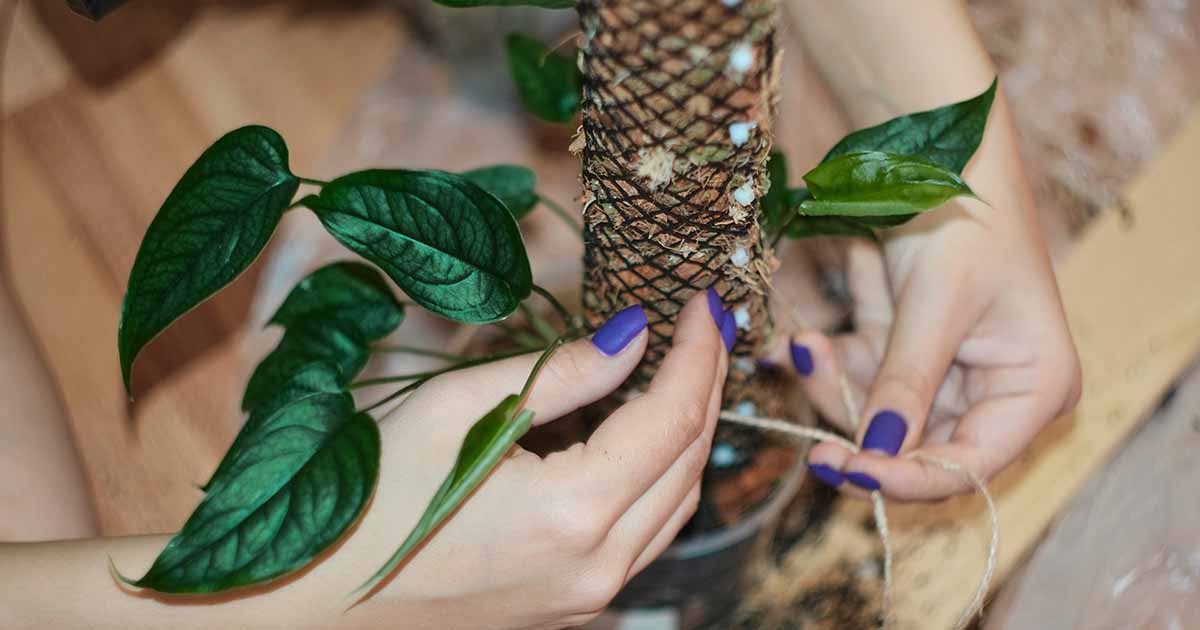
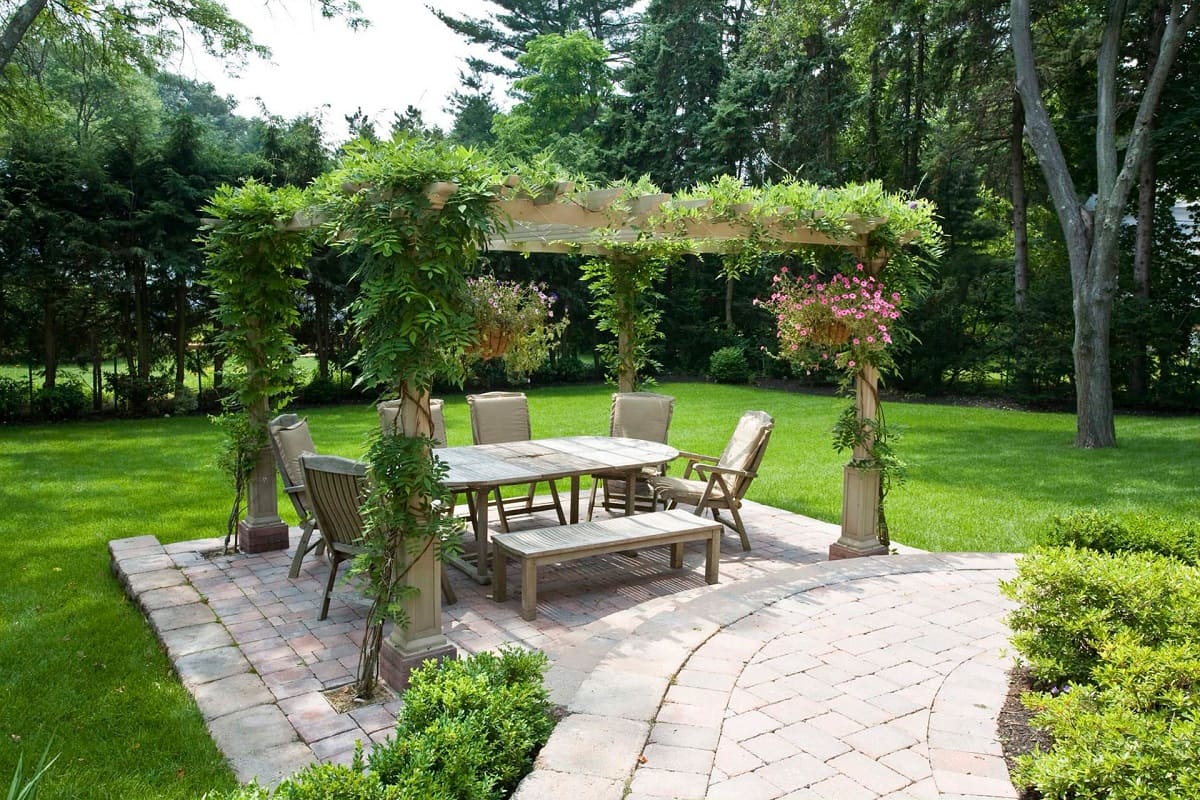
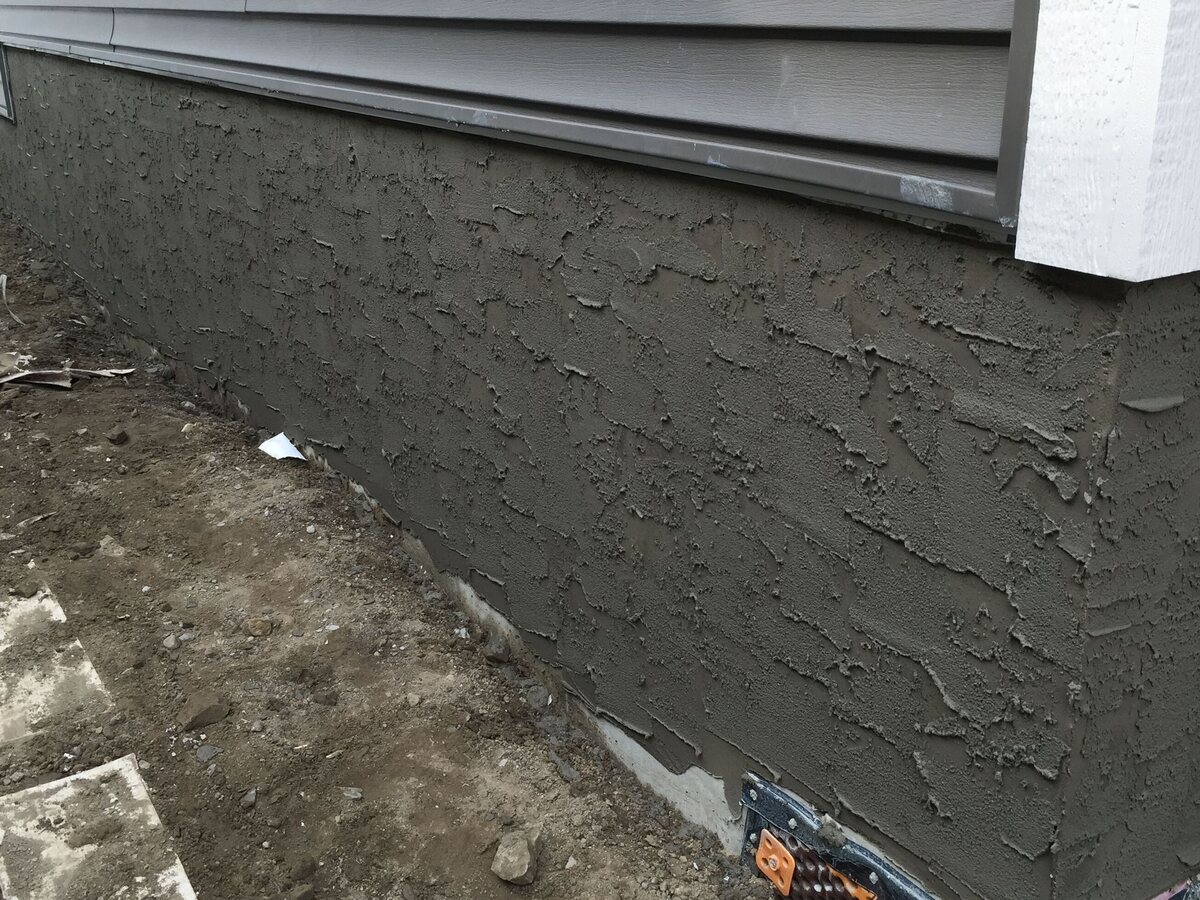

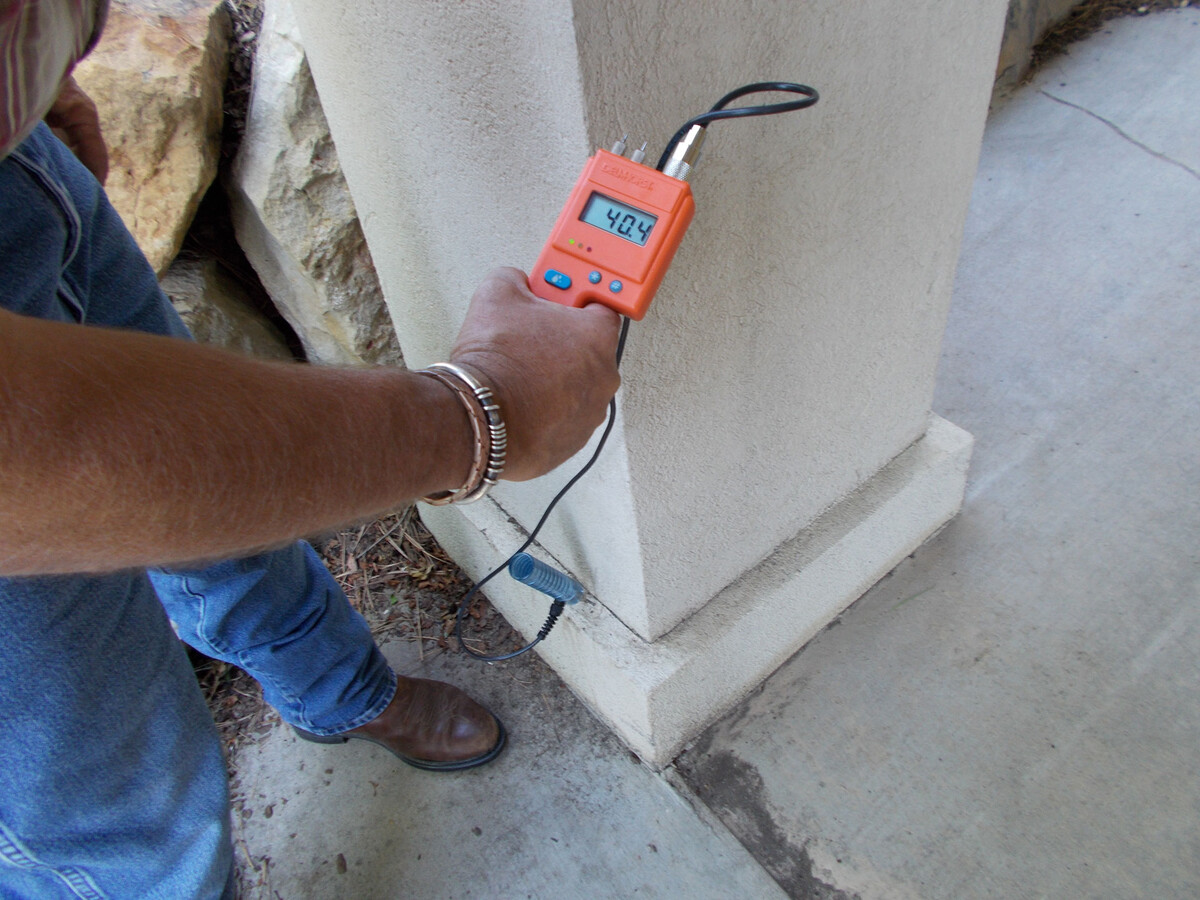

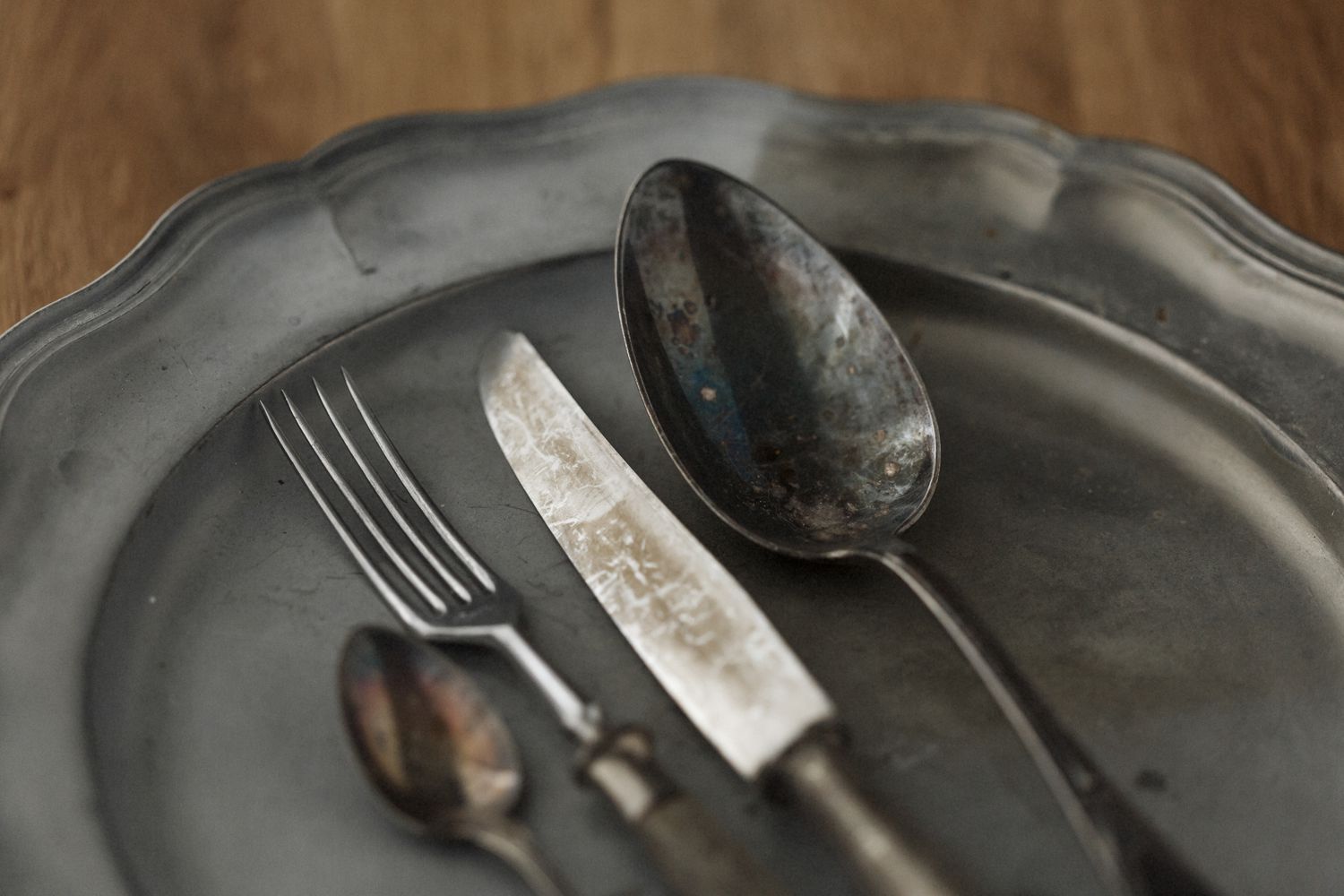
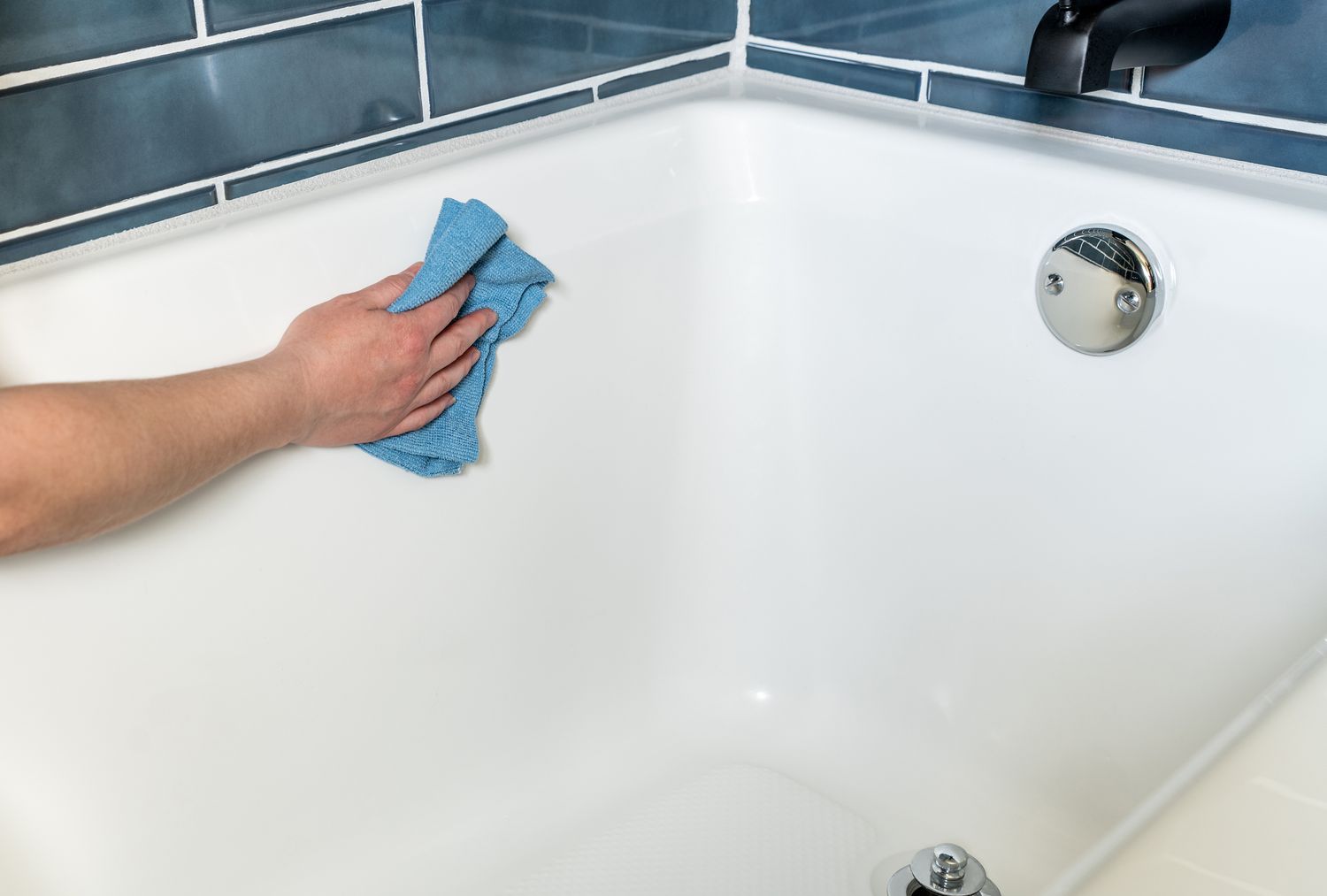

0 thoughts on “How To Remove Vines From Stucco”